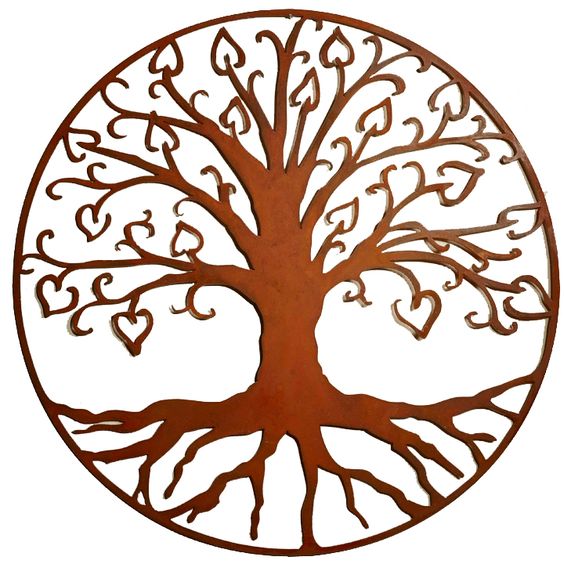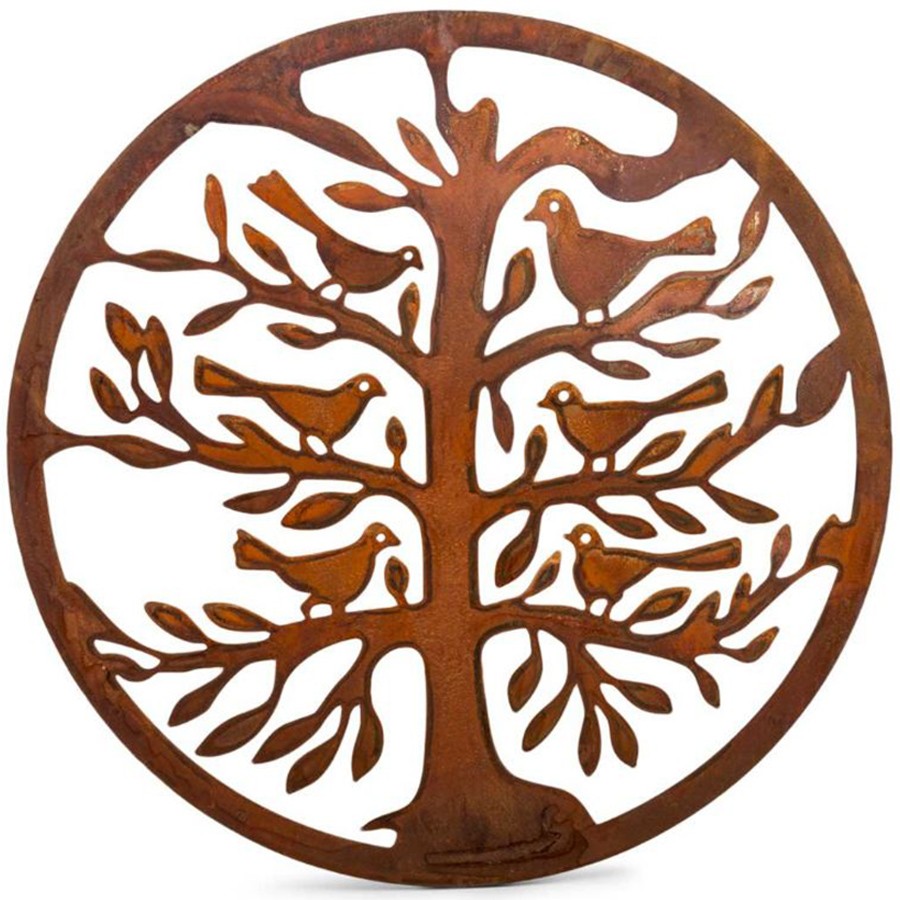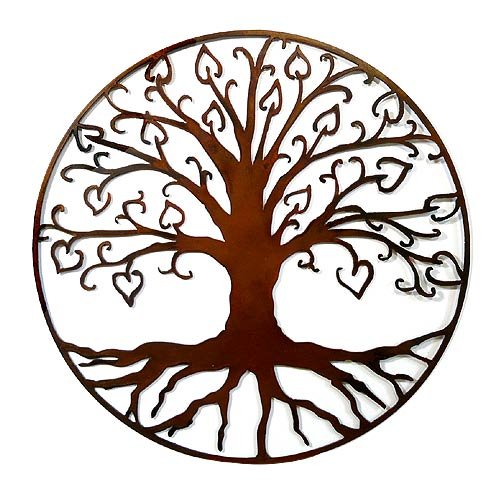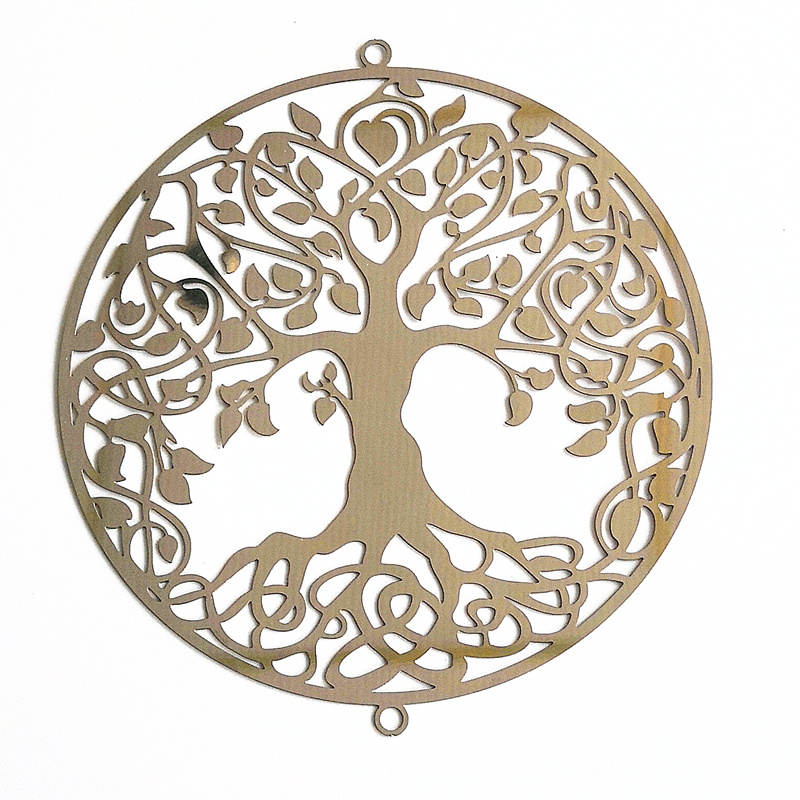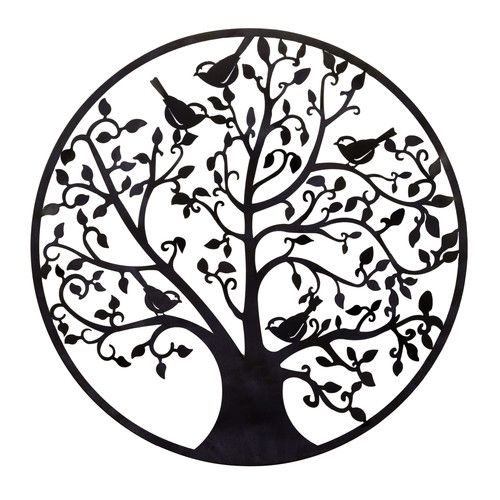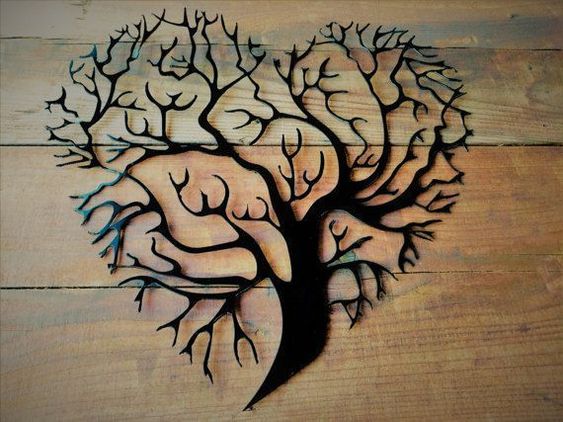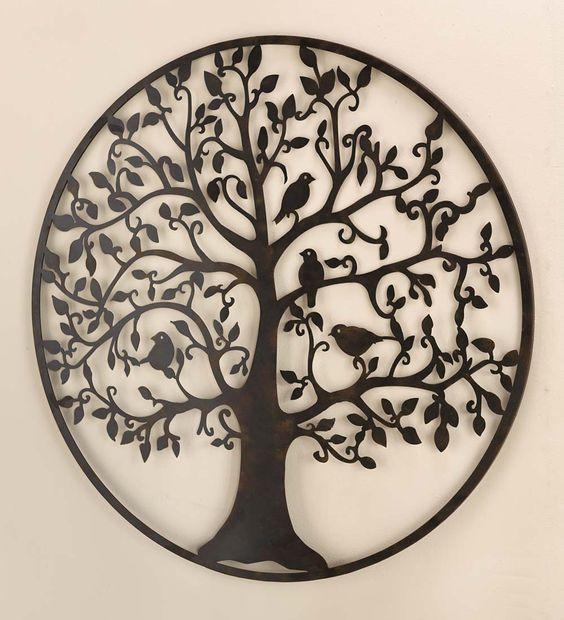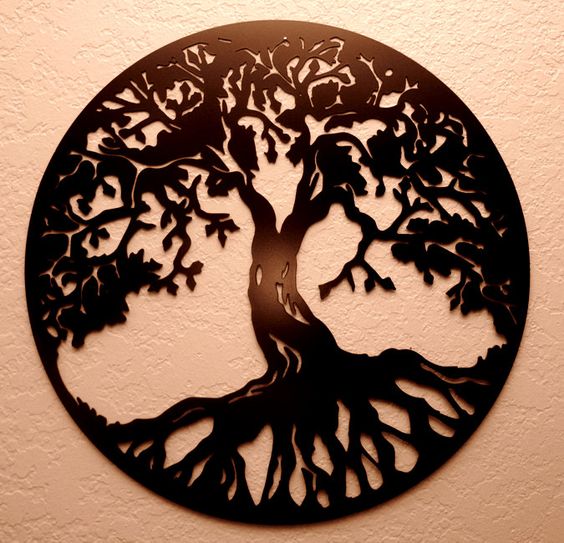The meaning and classification of the scanner surface of Hengaode instrument
The meaning and classification of the scanner surface of Hengaode instrument A scanner (scanner) is a device that converts graphics or image information into digital signals in a scanning manner using photoelectric technology and digital processing technology. Scanners are usually used for external computer equipment, by capturing images and converting them into digital input devices that the computer can display, edit, store, and output. The scanner can be used as a scanning object for three-dimensional objects such as photos, text pages, drawings, art drawings, photographic film, film negatives, and even textiles, signage panels, printed board samples, etc., and extract and convert the original lines, graphics, text, photos 2. The flat object is converted into a device that can be edited and added to the document. The scanner belongs to the input system of computer-aided design (CAD). Through computer software and computer, the output device (laser printer, laser plotter) interface forms a computer processing system before screen printing, which is suitable for office automation (OA). Widely used in signage panels, printed boards, printing industries, etc. Purpose and meaning 1.1 Art and pictures can be organized in the document; 1.2 Scan the printed text into the word processing software to avoid the trouble of retyping; 1.3 Scan and input the printed plate and panel label samples (even if there is no disk file and film film on the board) into the computer, the wiring diagram can be designed and copied on the board to solve the problem of copying the board and improve the efficiency of copying the board ; 1.4 It can realize automatic entry and editing of printed board sketches, automatic entry of Chinese character panels and complex icons, and modification of pictures; 1.5 Add images to multimedia products; 1.6 Integrate visual information in the literature to enable more effective exchange and communication. Instrument classification Overview Scanners can be divided into three major types: drum scanners and flatbed scanners, pen scanners, portable scanners, paper-fed scanners, film scanners, film scanners and business card scanners that have only been available in recent years . Pen style The pen scanner appeared around 2000, and the scanning width was only about the same as the Chinese character No.4. When used, it was scanned on the paper line by line, mainly for character recognition. Portable The portable scanner is small and fast, at 20 10. There are many new concept scanners on the market. Because of its outstanding scanning effect, the scanning speed only takes 1 second, the price is also moderate, and the scanner is very small and is loved by the majority of enterprises and institutions. Drum type Drum scanners generally use PMT (Photo Multiplier Tube), so its density range is larger, and it can distinguish the finer gradation of the image; while the flat scanner uses a photoelectric coupling device CCD (Charged- Coupled Device) so the scanning density range is small. The stored CCD (Photoelectric Coupling Device) is a long strip of photosensitive components. It is used to convert the light reflected from the image into digital signals during the scanning process. Most of the CCDs used in flat scanners are color images with linear display of fluorescent lamps. Photoreceptor. Paper-fed Paper-fed scanners are also called small-drum scanners. Paper-fed scanners were born in the early 90s. Due to the high price of flatbed scanners and the small scanning width of handheld scanners, in order to meet the needs of A4 format document scanning, Introduced this product, there are two kinds of color and grayscale, color model is generally 24-bit color, there are very few paper-fed scanners using CCD technology, the scanning effect is significantly better than CIS technology products. However, due to structural limitations, the volume is generally significantly larger than CIS technology products. Automatic paper feed scanner Automatic paper feed scanner A brief history Although the market for scanners is growing quieter, it is still a necessary peripheral for many consumers. For many users who are faced with purchasing, how to choose a scanner better, what is the development trend of the scanner, and whether the technology of the scanner has matured, etc. are issues that need to be considered and clarified, so This article aims to explain the development history of the scanner and the classic models, and recommend the current hot-selling models to facilitate your purchase. In 1884, the German engineer Paul Gottlieb Nipkow invented a mechanical scanning device using selenium photocells. This device was used in later television systems. By 1939, the mechanical scanning system was eliminated. Although there is no inevitable connection with the scanners operated by computers more than 100 years later, from a historical point of view, this is the earliest scanning technology used in human history. The scanner is an opto-mechanical integration product that appeared only in the mid-1980s. It consists of a scanning head, a control circuit, and mechanical components. It adopts progressive scanning, and the digital signal obtained is saved in the form of dot matrix, and then it is edited into a standard format by using file editing software and stored on the disk. Since its birth, the variety of scanners is diverse and is constantly evolving. Below, let's take a look at the variety of scanners: Performance parameter The density range is a very important performance parameter for the scanner. The density range is also called the pixel depth. It represents the range of bright and dark tones that can be resolved by the scanner. Usually the density range of the drum scanner is greater than 3.5, while the planar scanner The density range is generally between 2.4 and 3.5. Brief description The scanner is a high-tech product integrating light, machine and electricity. It is an important tool for inputting various forms of image information into the computer. It is the third-generation computer input device after the keyboard and mouse. The scanner has stronger functions than the keyboard and mouse. From the most original pictures, photos, films to all kinds of manuscript materials, you can use the scanner to enter the computer, and then realize the processing, management, use, Storage, output, etc., combined with optical character recognition software OCR (Optic Character Recognize) can also convert scanned documents into computer text form. The working principle of the scanner is as follows: Every object in nature will absorb specific light waves, and the light waves that are not absorbed will be reflected. The scanner uses the above principle to read the manuscript. The strong light emitted by the scanner when it illuminates the manuscript, and the light that has not been absorbed will be reflected on the optical sensor. After receiving these signals, the light sensor transmits these signals to an analog-to-digital (A / D) converter, which converts them into signals that can be read by a computer, and then converts them to be visible on the display through the driver. To the correct image. The manuscripts to be scanned can usually be divided into: reflective manuscripts and transmissive manuscripts. The former refers to general opaque documents, such as newspapers and magazines, and the latter includes slides (positive films) or negative films (negative films). If you often need to scan transmissive manuscripts, you must choose a scanner with a reticle (light plate) function. The company's main stainless steel water collector, vacuum detection box for tank bottom welding seam, reading instrument, eight-level air microbial sampler, relay comprehensive tester, dual-wavelength scanner, coating thickness gauge, soil grinder, tempered glass surface Flatness tester, sound sensor, portable electric water level meter, network port flowmeter, corrosion rate meter, portable scratch tester, freezing point tester, water quality tester, online ammonia gas tester, coating thickness gauge, coating Thickness gauge, soil crusher, digital thermometer, gas sampling pump, ceramic impact tester, automatic crystallization point tester, drug freezing point tester, reed switch tester, constant temperature water bath, gasoline root transfer, gas Sampling pump, tempered glass tester, water quality tester, PM2.5 tester, respirable particulate matter tester, high frequency heat sealer, strain control triaxial instrument, milk body cell tester, helium concentration tester, soil moisture conductivity Rate tester, field strength meter, collection box, transmittance tester, capillary water absorption time tester, redox potentiometer vibration tester, carbon monoxide carbon dioxide detection , CO2 analyzer, oscilloscope polarimeter, slime content tester, car starting power supply, automatic potentiometric titrator, portable thermometer, zirconia analyzer, reed switch tester, precision conductivity meter, TOC water quality analysis Instrument, microcomputer plasticity measuring instrument, wind direction station, automatic spotting instrument, soil redox potentiometer, digital thermometer, portable total phosphorus tester, corrosion rate meter, constant temperature water bath, residual chlorine detector, free expansion rate meter , Centrifugal cup, concrete saturated vapor pressure device, particle strength tester, Gauss meter, automatic coating machine, safety valve grinding tool, weather station, kinesthetic azimuth instrument, dark adaptation instrument, odor collector, rain gauge, four-in-one Gas Analyzer, Emulsion Concentration Meter, Dissolved Oxygen Meter, Temperature Measuring Instrument, Thin Layer Spreader, Temperature Recorder, Aging Instrument, Noise Detector, Constant Temperature and Humidity Chamber, Split Resistivity Tester, Initial Tack and Holding Tack Tester, infrared carbon dioxide analyzer, hydrogen lamp, kinesthetic azimuth meter, constant temperature animal operating table, cooling fan, grease acid value detector, viscosity number analyzer, colony counter, Meteorological station, rain gauge, Kjeldahl nitrogen analyzer, fluorescent whitening agent, the company adhering to the "customer first, forge ahead" business philosophy, adhere to the "customer first" principle to provide our customers with quality services. Welcome to patronize!
Stunning contemporary Tree of Life Wall Screen Panels, made from mild steel with a leatherlook powder coated finish. The perfect Wall Screen Panels are hanging for a living room, bedroom, hallway or even outside as it is completely weatherproof.Wall divider panels are diversity of designs.Garden privacy screens will look stunning on your empty walls.Wall Screen Panels are perfect for your dark and white color walls. This color wall sign will add character to your modern living room. Unique wall art can also be part of your modern office. Tree of Life wall art will definitely look stunning on your bed top.
Wall Screen Panels,Room Divider Screen,Room Divider Panels,Wall Divider Panels Henan Jinbailai Industrial Co.,Ltd , https://www.designsteelarts.com
- Tree of Life design
- 1~2mm mild steel laser cut
- Tough powder coated finish or corten rust
- Suitable for inside or outside applications
- Size: 300x300mm or custom made
MATERIAL
-Outdoor decorative screens are made out of 1.5 mm or 2mm steel material and high-quality gold metallic paint. (Electrostatic special powder coating)
-Durable paint for outdoor and indoors.
-Its paint finish creates a quality texture touch feeling and appearance.
-Semi-shiny color looks beautiful with sunlight.
